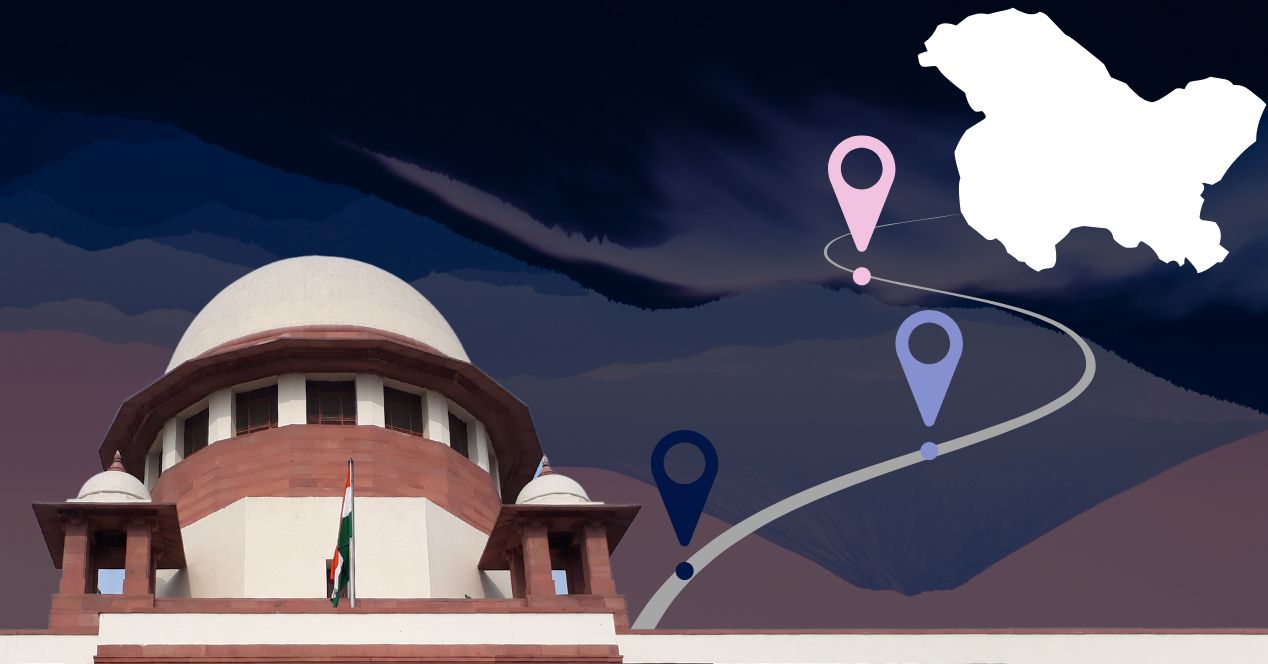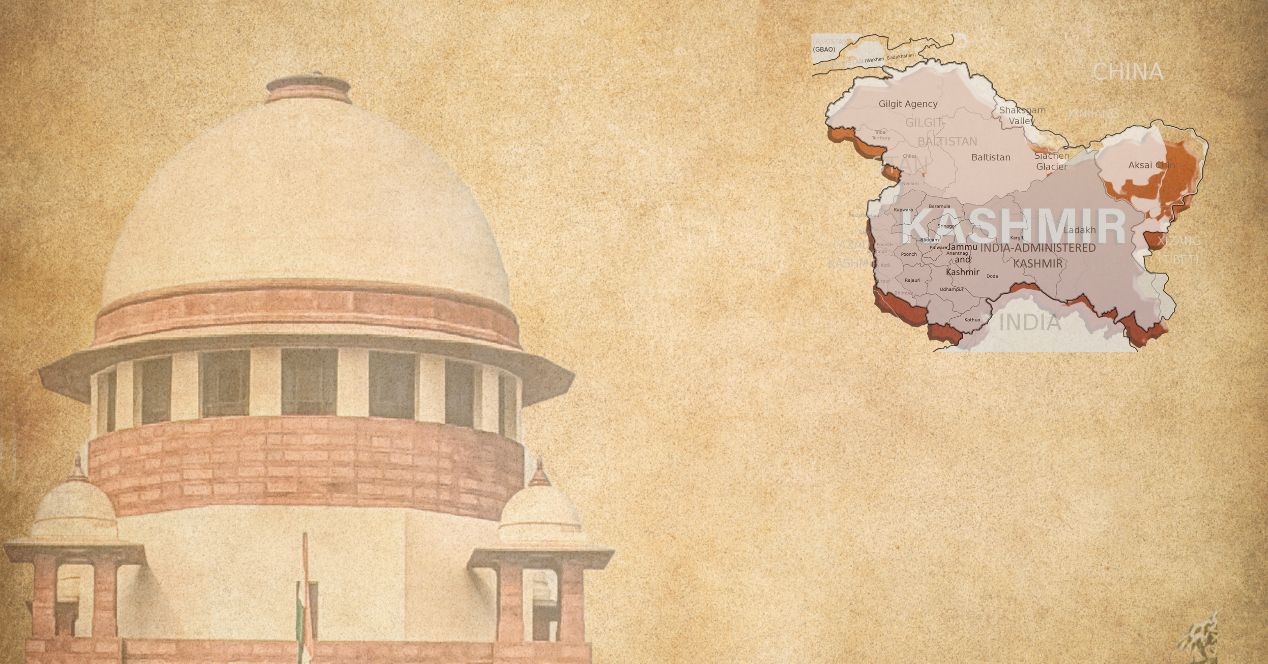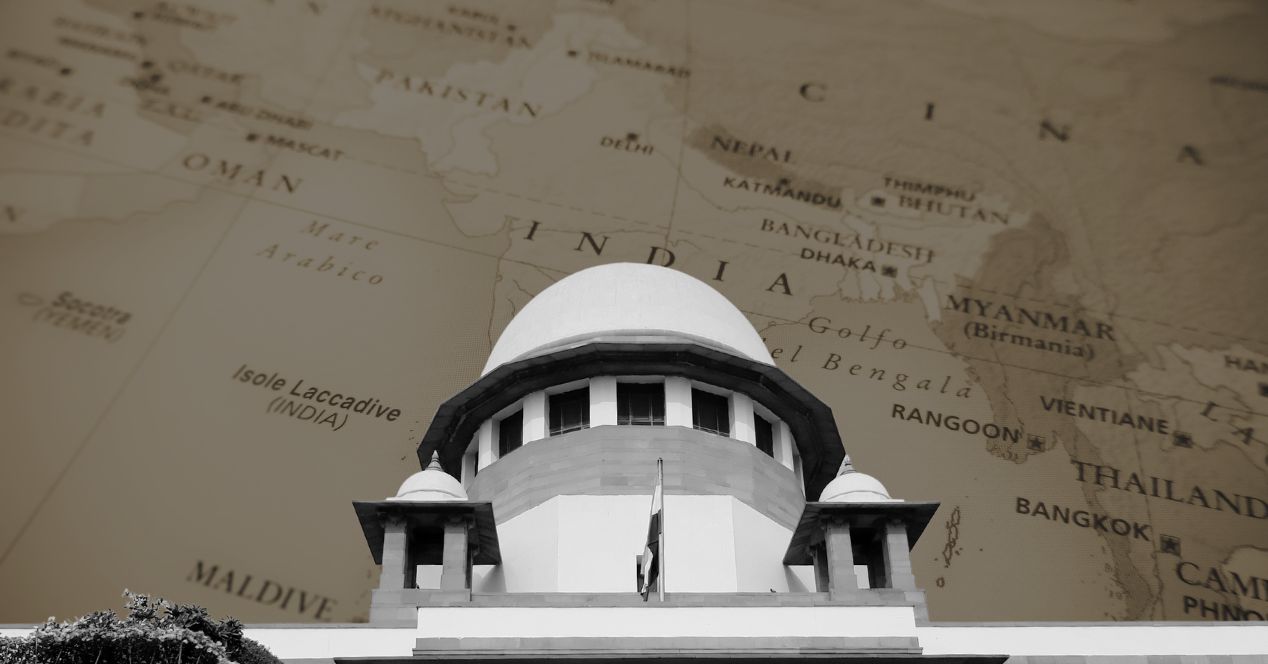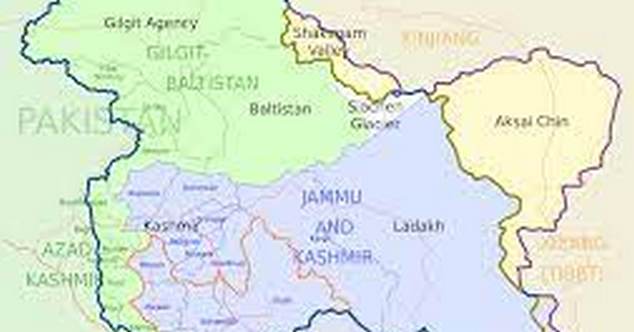Abrogation of Article 370 | Day 2: Parliament Cannot Take the Place of a Constituent Assembly
Challenge to the Abrogation of Article 370Judges: D.Y. Chandrachud CJI, S.K. Kaul J, Sanjiv Khanna CJI, B.R. Gavai J, Surya Kant J
Five senior most Judges of the Supreme Court headed by the CJI continued hearing the challenge to the abrogation of Article 370 today.
Yesterday, opening for the petitioners, Senior Advocate Kapil Sibal argued that Article 370 was a permanent provision of the Constitution, which only the Constituent Assembly of Jammu & Kashmir had the power to repeal. Sibal is appearing for National conference leader Mohammad Akbar Lone.
Today, Sibal argued that the concurrence of the Constituent Assembly of the State was crucial to abrogate Article 370, and that there were no available constitutional mechanisms to abrogate Article 370. He insisted that there was devious political intent in removing Article 370.
Background
Article 370 of the Constitution of India provided the State of Jammu and Kashmir with a special constitutional status. The provision substantially limited Parliament’s power to legislate for the State compared to other states.
On August 5, 2019, the Union government diluted Article 370, revoking Jammu and Kashmir’s special status. First, President Ram Nath Kovind issued presidential order CO 272. This Order allowed the Union to amend Article 370 without the recommendation of the Constituent Assembly.
Since J&K was under President’s Rule at the time, the powers of the Jammu and Kashmir Legislative Assembly were vested in the Union Parliament. So, a few hours after CO 272 was issued, the Rajya Sabha recommended the abrogation of Article 370 through a Statutory Resolution under Article 370(3).
On August 6, 2019, President Kovind issued a Proclamation, CO 273, putting the Rajya Sabha’s recommendation into effect. All clauses of Article 370 ceased to operate, except Clause 1 which was amended to state that the Constitution of India applies wholly to the State, removing the special status awarded to Jammu and Kashmir.
On August 9, Parliament passed the Jammu and Kashmir Reorganisation Act, 2019. This Act bifurcated the State of Jammu and Kashmir into two Union Territories—J&K and Ladakh.
Petitions were filed challenging the constitutionality of the dilution of Article 370 and the bifurcation of the State into two Union Territories.
On August 28, 2019, a 3-Judge Bench led by former CJI Rajan Gogoi referred the case to a 5-Judge Constitution Bench.
On October 1, 2019, 5-Judge Constitution Bench of the Court comprising Justice N.V. Ramana, S.K. Kaul, R. Subhash Reddy, B.R. Gavai and Surya Kant decided to hear the case from November 14th, 2013. The petitioners sought the case to be placed before a larger Bench. On March 2nd, 2020, the Bench refused to refer it to a larger Bench.
On July 3, 2023, the Supreme Court listed the matter to a Constitution Bench led by Chief Justice D.Y. Chandrachud. The Bench assembled on July 11, 2023 and decided to hear the challenge from August 2, 2023.
Parliament Cannot Take on the Role of a Constituent Assembly
Sibal argued that the workings of a Constituent Assembly was a political exercise. The Constituent Assembly was not limited by any law, and would take the will of the people into account while tasked with drafting a Constitution. In contrast, the Parliament or Legislative Assembly is a body limited by that Constitution. The Union of India through the President, therefore, could not replace the need for the recommendation of the Constituent Assembly, with that of a Legislative Assembly of Jammu and Kashmir.
To further this point, Sibal relied on Dr. B.R. Ambedkar’s speeches in the Constituent Assembly Debates, where Ambedkar showed the clear distinction between the Constituent Assembly and the Legislative Assembly. Ambedkar pointed out that the Constituent Assembly had “no partisan motives. Beyond securing a good and workable Constitution, it had no axe to grind”. If Parliament takes on the role of a Constituent Assembly, “its members will be acting as partisans”, seeking to carry amendments to facilitate their own party’s agenda.
No Constitutional Mechanism to Abrogate Article 370
Sibal then stated that the Union attempted to circumvent the need for the recommendation of the Constituent Assembly for abrogation of Art. 370, through Presidential Order CO272. This Order vested the power recommend abrogation to the Legislative Assembly. He argued that the Legislative Assembly of Jammu and Kashmir itself had no power to recommend the abrogation of Article 370. The framers of the Constitution of Jammu and Kashmir did not vest it with any power to propose a bill concerning ‘the provisions of the Constitution of India as applicable in relation to the State’.
This prompted a question from Chief Justice D.Y. Chandrachud and Justice Kaul—with the Constituent Assembly gone and the J&K Legislative Assembly left with no power to recommend abrogation, was there no constitutional mechanism to remove Article 370 from the Constitution? Sibal answered in the affirmative.
Sr. Adv. Gopal Shankarnarayan was quick to interject that the Union could resort to Article 370(1) to repeal Jammu and Kashmir’s special status. Its power to abrogate under Article 370(3) was limited. The concern of the challenge was on the method adopted by the Union.
Sibal quickly distanced himself from this argument. He went back to his contention that there was no constitutional mechanism present for the abrogation of Article 370. That power ended in 1957 when the Jammu and Kashmir Constituent Assembly was dissolved, he said.
Abrogation of Article 370 was a Political Ploy
Sibal asserted that without the power to abrogate Article 370, the Union had usurped control over Jammu and Kashmir through the 2018 notification and the two 2019 Presidential Orders. In 2018, President’s Rule was imposed in Jammu and Kashmir. Among other things, this Order suspended a proviso to Article 3 of the Constitution. This proviso mandated the consent of the people of Jammu and Kashmir to alter the boundary of the State. The proviso was not formally included in the Constitution of India, and was added as a modification in a 1954 Presidential Order.
By removing this proviso the Union removed the need for consent of the people of Jammu and Kashmir to bifurcate the State. Sibal stated that this was part of a long drawn plan to enact the Jammu and Kashmir Reorganisation Act, 2019. Sibal further argued that the Union misused the purpose of Article 356, which is to allow the President to take over a troubled region to restore democracy. Instead, he said, the Union used to dismantle the representative democratic structure of the State.
Arguments are scheduled to continue on Tuesday, August 8, 2023.





